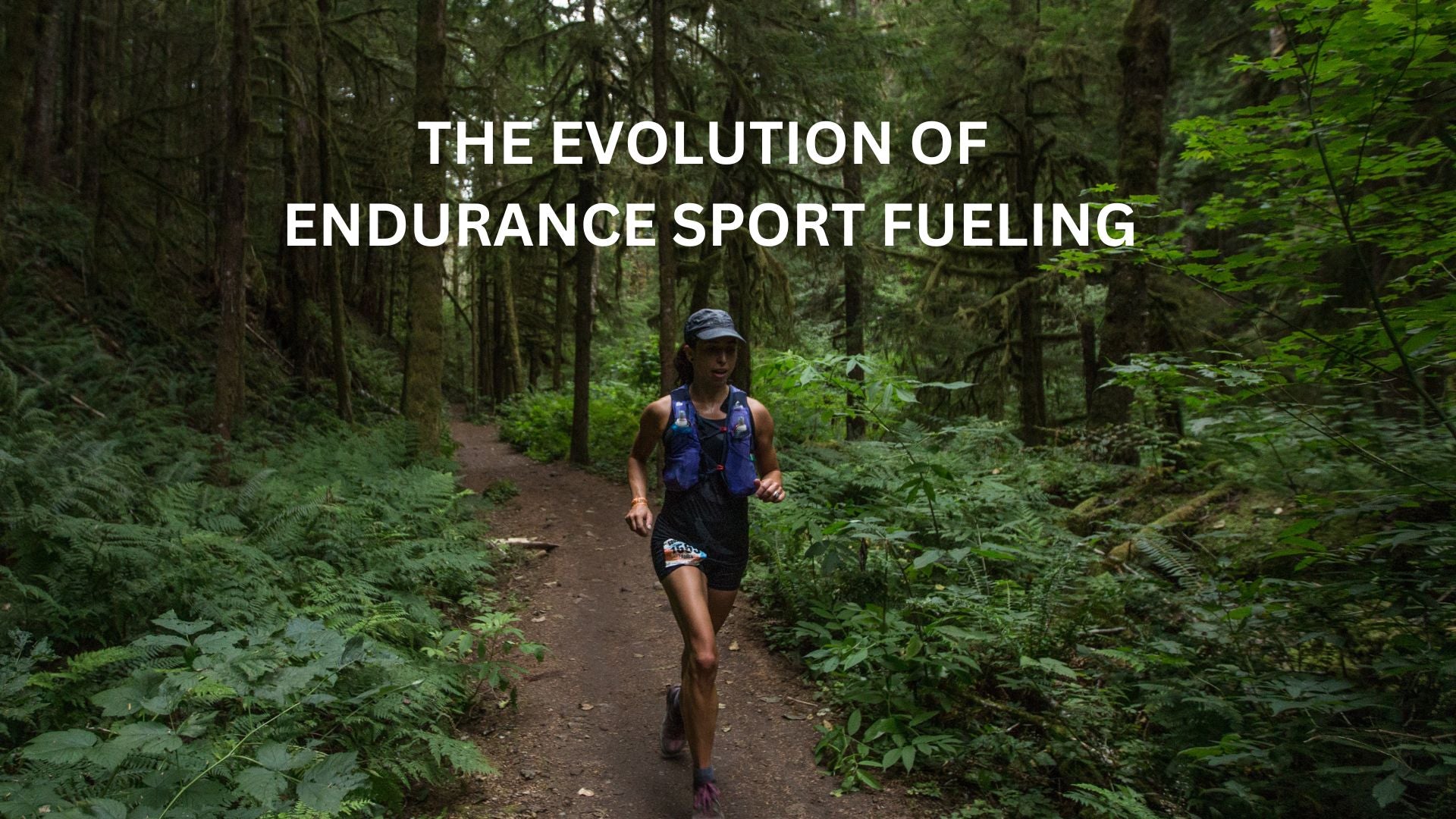It is widely accepted that consuming carbohydrates before and after training and competition is crucial for performance and recovery. This is even more true in endurance sports where durations of training and competition can be longer than two hours. So it comes as no surprise that fueling during endurance exercise is crucial to maintain and prolong performance.

Early research in the 1920s revealed that carbohydrates played an important role in athletic performance which contrasted much of the prevailing sentiment that protein was the most important source of fuel for athletes. This research continues to modern day where scientists are perfecting the ideal rate and source for carbohydrate consumption during endurance exercise.
In the early 1960s, interest in exercise metabolism research quickly accelerated as the muscle biopsy technique was reintroduced by Jonas Bergström. This allowed scientists to examine the changes in intramuscular carbohydrates (glycogen) before, during, and after exercise. Much of the seminal research into carbohydrate utilization occurred through the 1960s-1980s in Scandinavia and the United States with coaches and athletes incorporating novel carbohydrate fueling strategies into training and competition.
Compared to what is being used today, many of the early intra workout fueling studies suggested consuming smaller amounts of carbohydrates. This ranged anywhere between 20-60g per hour usually through a liquid and dextrose mix. Eventually, consumption of 60g of carbohydrates per hour was recommended. This was considered the ideal amount to prolong and maintain multi-hour endurance exercise performance.
Fueling products were mainly in the form of liquid, although companies would begin to introduce gels in the late 1980s. These were seen as a viable method for high density carbohydrate delivery. Gels were first introduced in the United Kingdom in 1986. Shortly after, the Leppin Squeezy gel, containing 25g of carbohydrates, was used in the 1988 Kona Ironman. At this time, gels were considered a “cult product”. Subsequently, Science in Sport, founded in 1992, and GU Energy Labs, founded in 1994, would eventually introduce their first gel products.

As time progressed, many scientists and athletes began to explore even larger amounts of carbohydrate ingestion per hour. There were reports and surveys of elite endurance athletes that consumed roughly 90g of carbohydrates per hour. This quickly brought into question the traditionally recommended 30-60g per hour and whether these recommendations remained valid.
A series of key studies by Asker Jeukendrup, in the early 2000s, revealed the validity of these high consumption rates (≥90g of carbohydrates per hour) with use of multiple transportable carbohydrates. This began ushering in new recommendations for endurance athletes. With an abundance of scientific studies and data (such as Hearris et al., Urdampilleta et al., and Viribay et al.) now showing the body’s ability to use well north of 90g and up to 120g of carbohydrates per hour, an increasing number of high carbohydrate drink mixes, gels, chews, and bars became available to help athletes meet their fueling demands.
The evolution and use of multiple transportable carbohydrates became relevant when 90g of carbohydrate per hour was recommended. “Multiple transportable carbohydrates” is a term used to denote the use of different carbohydrate sources being used in a product. These different carbohydrates are primarily glucose and fructose. When carbohydrate fueling recommendations were at 60g per hour, the need for fructose was not necessary. This is because the transporters that move glucose from the GI tract into the bloodstream can typically transport up to 60g of glucose per hour.
Once these transporters become saturated, the maximal rate has been achieved and a higher transport rate of carbohydrates can no longer be achieved without the use of additional transporters. This is where fructose enters the equation. While fructose is more slowly processed by the body before its energy can be harnessed, it is moved into the bloodstream via a different transporter, thus increasing the amount of carbohydrate able to be used by the body for energy. As such, the maximal amount of exogenous carbohydrates can extend well beyond 60g per hour.
Regardless, this has not limited athletes to consuming more than 90g of carbohydrates per hour. Anecdotes and reports of world class triathletes at the Ironman World Championships have suggested that 150g of carbohydrates per hour is not beyond the stretch of the imagination. There have even been anecdotes that select athletes, specifically those that are larger in stature with relatively high power outputs (300W+) over multiple hour races are able to consume 200g per hour.
With media reports (such as eating more carbs, carbohydrate revolution, and pro cycling performance boosters by Velo) there is a clear focus on consuming high amounts of carbohydrates to elevated endurance performance. However, many athletes are still often at a loss for how much they should consume. Despite the scientific evidence suggesting benefits of high carbohydrate consumption for endurance performance and the plethora of products available, many athletes are continuing to under fuel their sport. Be it due to the lack of education, mental block of high carb consumption, poor translation of the scientific evidence, and/or access and cost of products; these are clear challenges for athletes to achieve peak performance.
With this increased focus and drive towards high carb fueling, the cost that athletes must pay to support themselves in their training and racing endeavors also increases. This is why we at Carbs Fuel have made it our mission to help more athletes effectively fuel their sports by creating high performing products that are attainable by all. That means that our products are sufficiently carbohydrate dense, yet affordable so that athletes can palate the cost and demand of high performance nutrition and fueling. We believe that properly fueling endurance activities should be simple and should not be reserved to the affluent minority; more athletes will reach new heights and maintain a long-standing love for their sport.





